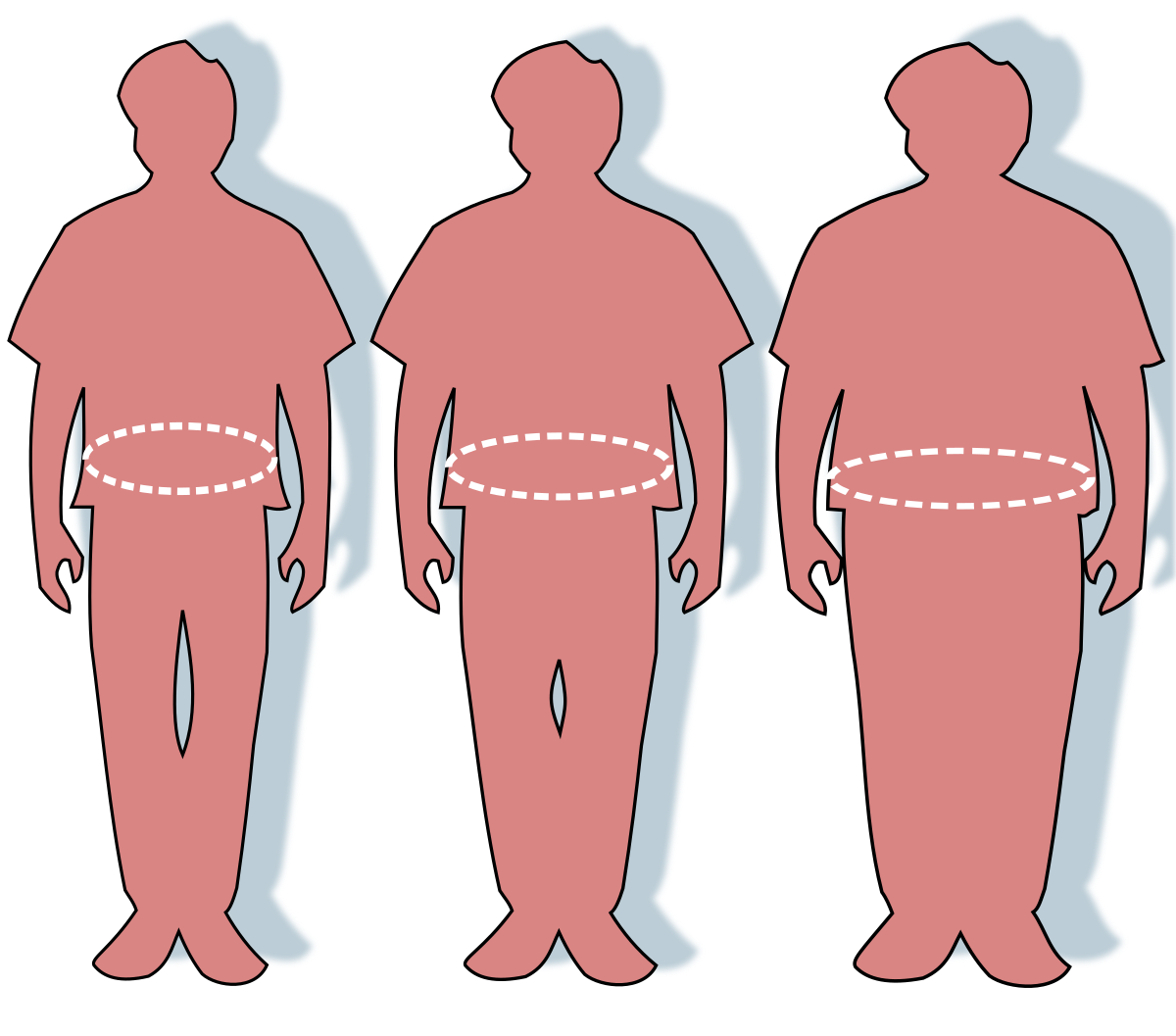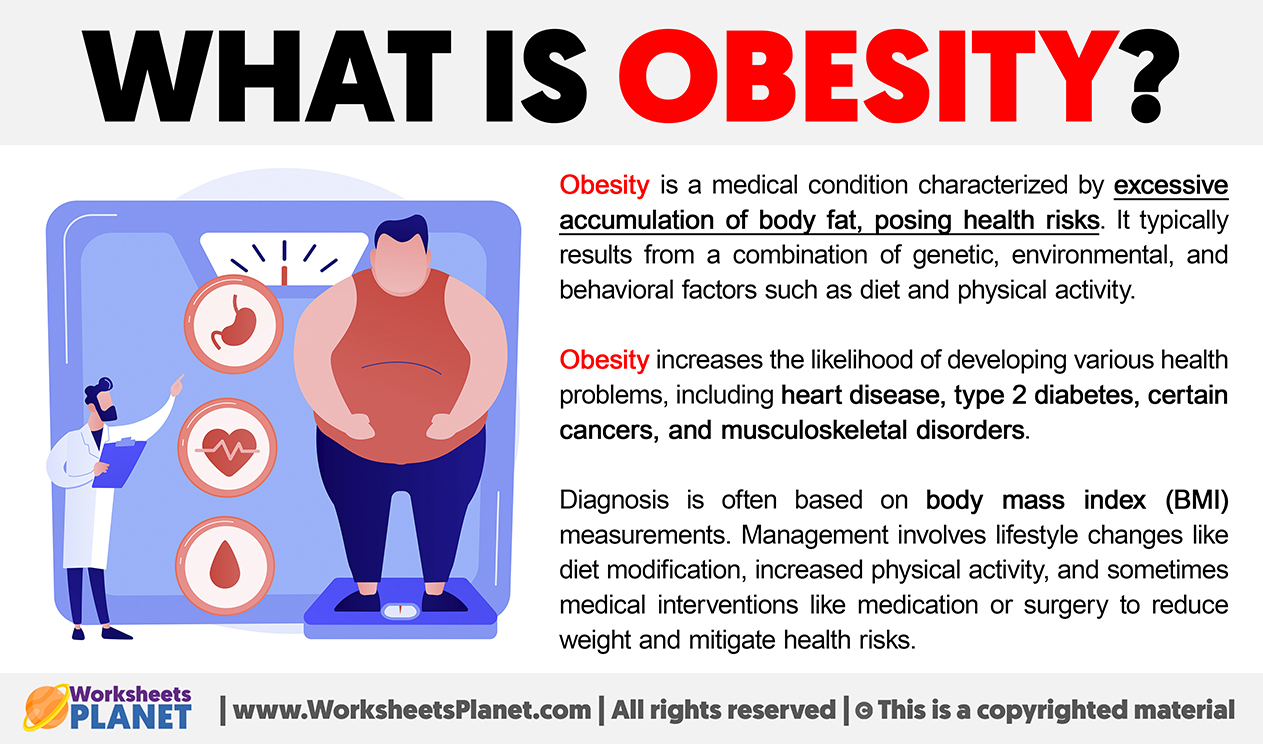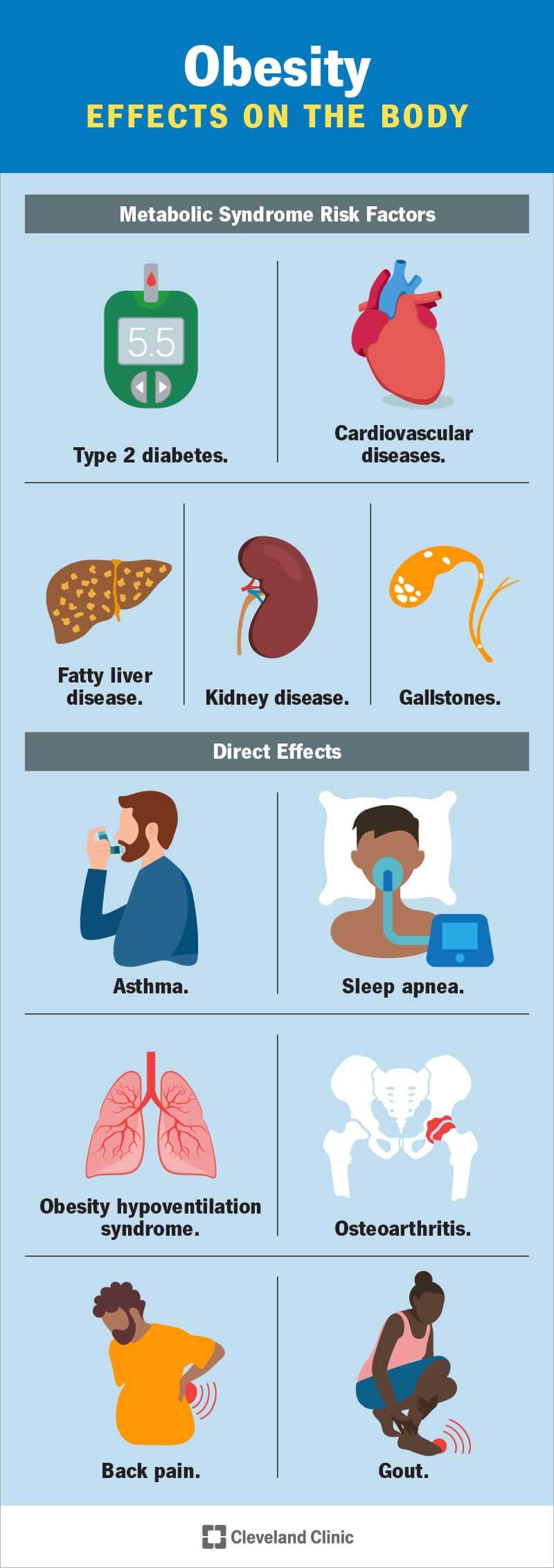Obesity is a growing global health issue. It affects millions worldwide, leading to various health problems.
Understanding obesity begins with a clear definition. Obesity is more than just excess weight. It's a medical condition where excess body fat accumulates, impacting health. Determining obesity involves measuring body mass index (BMI). A BMI of 30 or above typically indicates obesity.
This condition can lead to serious health risks like heart disease, diabetes, and hypertension. Addressing obesity requires awareness and action. Knowing its definition is the first step. This blog post will delve deeper into what obesity means, its causes, and its impact on health. Let's explore the essential information about obesity to better understand and tackle this pressing issue.
What Is Obesity?
Obesity means having too much body fat. It is a medical condition. It can cause other health problems. Doctors use a tool called BMI to measure obesity.
BMI stands for Body Mass Index. It is a number based on height and weight. A high BMI means too much body fat. You can use the table below to understand BMI better.
BMI Range | Category |
|---|---|
Below 18.5 | Underweight |
18.5 - 24.9 | Normal weight |
25 - 29.9 | Overweight |
30 and above | Obesity |
Credit: my.clevelandclinic.org
Common Causes Of Obesity
Genes can play a big role in obesity. Some people inherit genes that make them prone to weight gain. These genes can affect how the body stores and uses fat. They can also influence how the body burns calories. Family history of obesity can increase the risk. This means if parents are obese, kids might be too. But genes alone do not cause obesity.
Poor eating habits are a common cause. Eating lots of high-calorie foods leads to weight gain. Lack of exercise also contributes. Many people do not get enough physical activity. Unhealthy diets with lots of sugar and fat can make you gain weight. Sedentary lifestyle is another factor. Watching too much TV or playing video games all day is not good.
Diet And Nutrition
High-calorie diets are a major cause of obesity. These diets include foods that are rich in fats and sugars. Eating too many calories leads to weight gain. Fast food, fried items, and sugary drinks are common culprits. Consuming these foods regularly can make one overweight. Avoiding these foods helps maintain a healthy weight.
Sugar and processed foods contribute to obesity. These foods often have hidden sugars. Candy, soda, and baked goods are examples. Processed foods are also high in unhealthy fats. They lack essential nutrients needed by the body. Eating too much of these foods can lead to weight gain. Choosing whole foods is a better option for health.

Credit: en.wikipedia.org
Physical Activity
A sedentary lifestyle means little to no physical activity. Many people spend hours sitting. They might watch TV, play video games, or work at a desk. This can lead to weight gain and other health issues. Staying active is important for a healthy body.
Experts say 30 minutes of exercise a day is good. Walking, biking, and swimming are great choices. Kids need at least one hour of play daily. Fun activities help keep everyone fit and happy. Small changes can make a big difference.
Psychological Factors
Emotional eating happens when people eat to feel better. They may eat when sad, angry, or bored. This can lead to overeating. Food might seem like a friend. It can give short-term comfort. But it can cause long-term health issues. Many people find it hard to stop. They need help to change their habits. Support from friends and family can help a lot.
Stress can make people eat too much. Some people eat more when they feel stress. They look for comfort in food. This can cause weight gain. Anxiety can also lead to overeating. It is a way to feel safe. But it is not a healthy way. Both stress and anxiety need proper care. Relaxation techniques can help. Exercise and hobbies can reduce stress.
Health Risks Associated With Obesity
Obesity increases the risk of heart diseases. Your heart works harder due to extra weight. This can lead to high blood pressure. Blood flow gets blocked by fat buildup in arteries. This causes heart attacks or strokes. Staying at a healthy weight is important. It keeps your heart strong and healthy.
Obesity is a major cause of type 2 diabetes. Extra fat makes your body resistant to insulin. Insulin helps control your blood sugar levels. Without it, blood sugar levels rise. High blood sugar can damage organs over time. Managing weight helps control diabetes better.
Preventive Measures
Eating a balanced diet is important. Choose fruits, vegetables, and whole grains. Avoid sugary drinks and fast food. Drink water instead. Small, frequent meals help keep you full. Always read food labels. This helps you make better choices.
Exercise daily to stay healthy. Walking, running, or playing sports are great options. Aim for 30 minutes each day. Even light activities help. Stretching keeps muscles flexible. Find an activity you enjoy. This makes it easier to stick with it.
Treatment Options
Doctors may suggest medications to help with weight loss. These drugs can reduce appetite. Some medications can block fat absorption. Surgery is another option. Bariatric surgery reduces stomach size. This helps patients eat less. Medical interventions are often for severe cases. Consult a doctor for the best treatment.
Behavioral therapy can help change eating habits. Therapy sessions may include goal-setting. Patients learn to avoid unhealthy foods. They also learn to manage stress better. Support groups offer encouragement. Behavioral changes can lead to long-term success. This therapy is often combined with other treatments.
Government And Community Initiatives
Public health campaigns help people learn about healthy lifestyles. These campaigns focus on balanced diets and regular exercise. They use TV, radio, and social media. Schools also teach kids about healthy eating. Campaigns show the dangers of obesity. They encourage active living. Community centers offer free health check-ups. Local events promote walking and biking.
Community programs support healthy living. Local groups offer exercise classes. Parks have walking trails. Farmers' markets provide fresh fruits and veggies. Schools serve healthier lunches. Libraries host nutrition workshops. Neighbors can join walking clubs. Programs make healthy choices easier. Everyone can join and benefit.

Credit: www.worksheetsplanet.com
Frequently Asked Questions
What Is Obesity?
Obesity is a medical condition involving excess body fat. It increases the risk of various health issues. It is often measured using the Body Mass Index (BMI).
How Is Obesity Diagnosed?
Obesity is diagnosed using BMI. A BMI of 30 or higher indicates obesity. Healthcare professionals may also assess other factors like waist circumference.
What Causes Obesity?
Obesity is caused by a combination of factors. These include poor diet, lack of exercise, genetics, and certain medical conditions. Lifestyle and environmental factors also play a significant role.
What Are The Health Risks Of Obesity?
Obesity increases the risk of several health problems. These include heart disease, type 2 diabetes, and certain cancers. It can also lead to joint issues and sleep apnea.
Conclusion
Obesity affects many people worldwide. It involves excess body fat. This condition can lead to health issues like heart disease and diabetes. Understanding obesity is crucial for taking steps to prevent it. Healthy eating and regular exercise can help. Seek advice from healthcare professionals.
Making small changes can make a big difference. Start today for a healthier tomorrow.
.png)




0 Comments